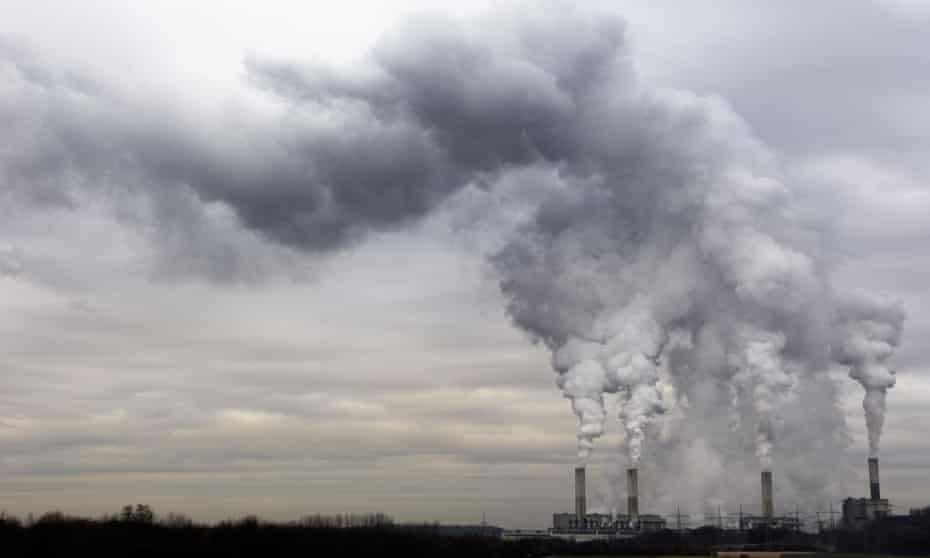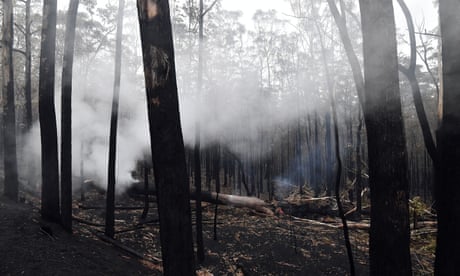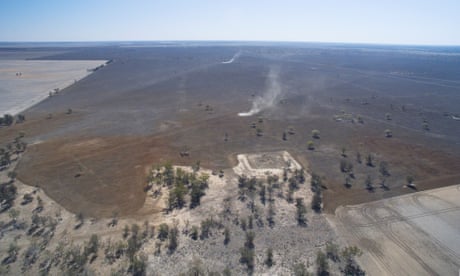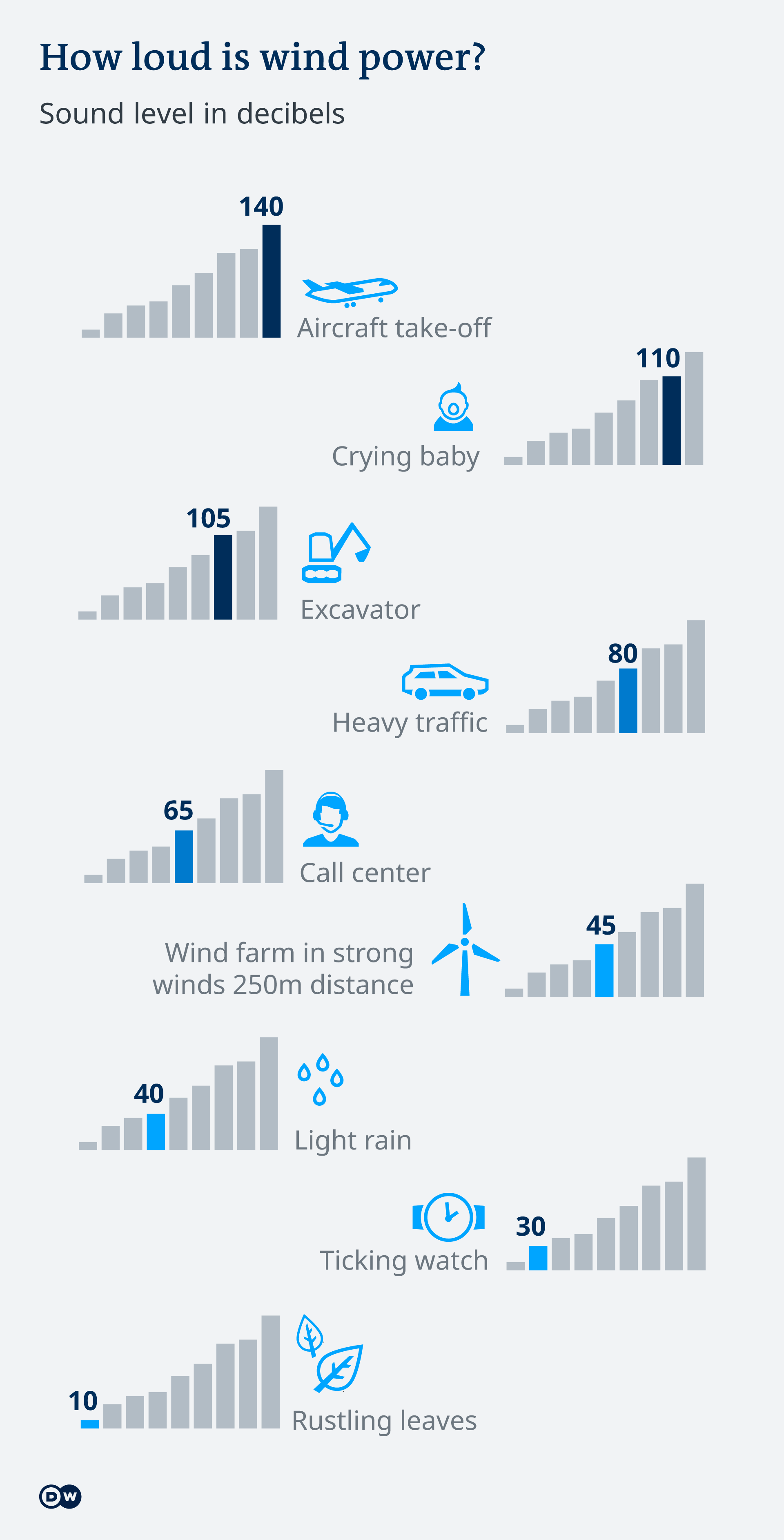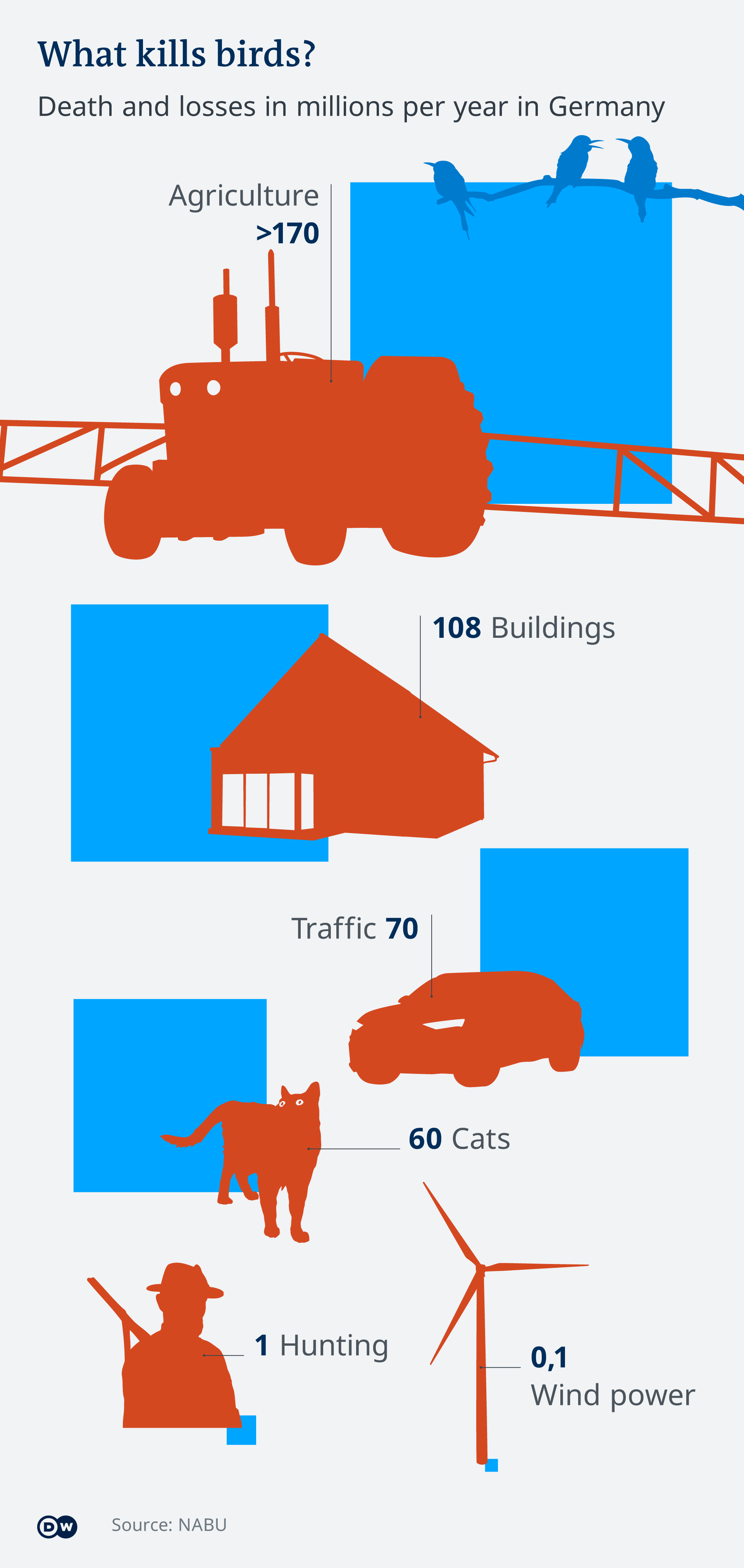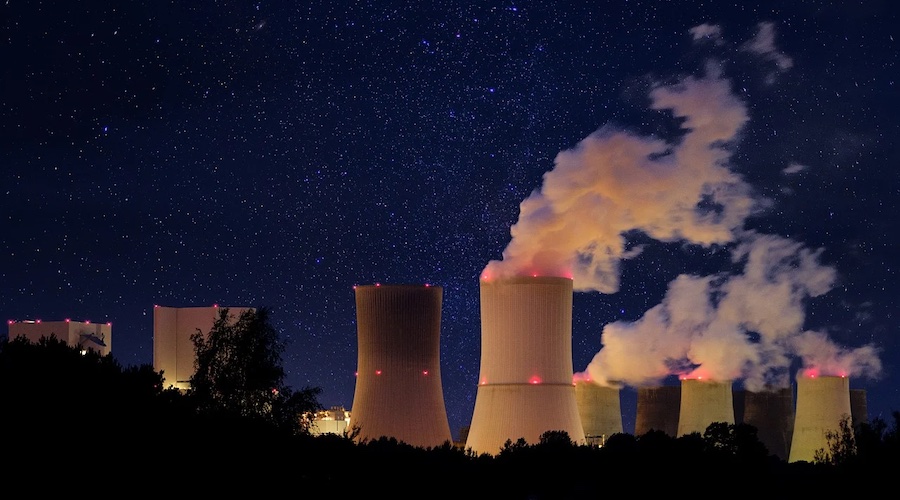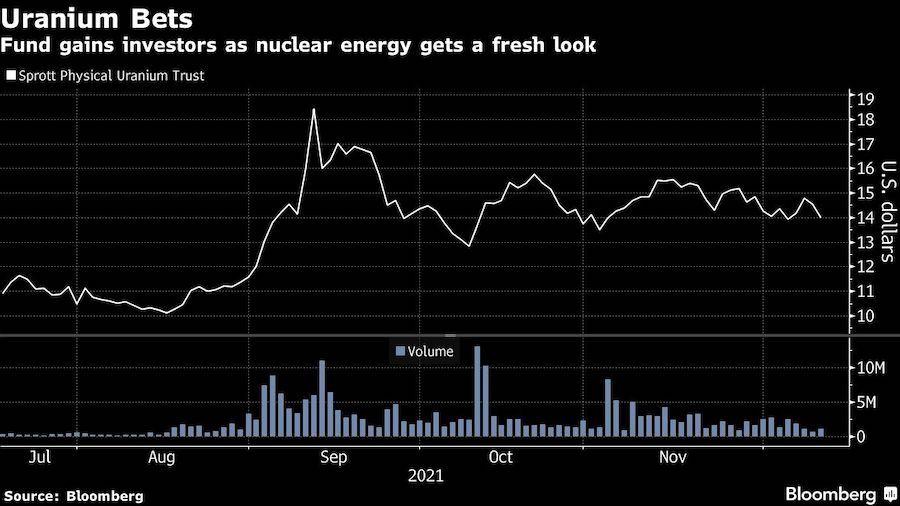
Christy Somos
Published Wednesday, December 15, 2021
So-called “forever chemicals,” which are compounds that do not break down easily in the environment, are entering the air from the water through sea spray, a new Swedish study says.
Detailing their findings in the journal Environmental Science & Technology, researchers said lab results showed that when bubbles containing perfluoralkyl acids (PFAS) burst at the surface of saltwater, the compounds were aerosolized and entered the air in tiny particles.
In order to find out if sea spray could be a vehicle for the compounds to be transported long distances, researchers did field observations at two coastal locations in Norway, collecting more than 100 air samples between 2018 and 2020.
Related Links
Read the full sea spray study
Laboratory analysis of the particles in the air samples for 11 PFAS, including potential carcinogens, showed the presence of contaminants in all samples collected. Comparing the levels of the contaminants to the sodium ions (sea salt) made researchers posit that the PFAS leave the ocean with sea spay and are blown inland.
“Long-range atmospheric transport is considered to substantially contribute to the ubiquitous presence of PFAS, especially in remote areas such as the Arctic and Antarctic,” the study states.
The study suggests that PFAS can travel great distances via sea spray, with estimates of travel measured at 10 hours, 2.3 days and 1.5 weeks resulting in 330 kilometres, 2,000 kilometres and 10,000 kilometres respectively, depending on things like sea surface temperature and wind speed.
PFAS are used in industrial processes, food packaging, personal care products and water-repellant coatings, but have been phased out from products in certain countries.
Health Canada’s website describes PFAS as “a group of over 4,700 human-made substances that are used as lubricants, surfactants and repellants for dirt water and grease, and can be found in certain firefighting foams, textiles, cosmetics and food packaging materials.”
“Adverse environmental and health effects have been observed for well-studied PFAS, and they have been shown to pose a risk to the Canadian environment,” the website says.
Health Canada states that PFAS and similar compounds are “prohibited through regulation” in Canada but that “scientific evidence to date indicates the PFAS used to replace regulated PFOS, PFOA and LC-PFCAs may also be associated with environmental and/or human health effects.”
Using their field tests, researchers estimate there could be 258 to 686 tonnes of PFAS released globally from the oceans into the air each year, which means sea spray is an important source of the forever chemicals to coastal communities.
Climate change is intensifying extremes, even in the oceans
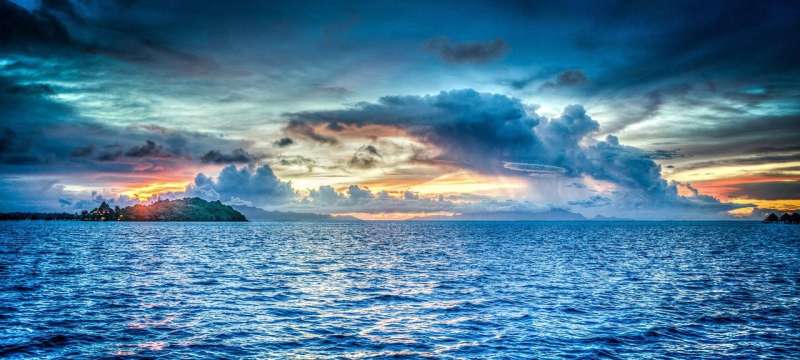
While much is known about extreme weather events on land, there has been little research into those that occur in the ocean. A study led by ETH Zurich uses models to show for the first time that marine heatwaves, and extremes with high acidity or low oxygen can also occur conjointly—with difficult to foresee consequences for marine life.
Anthropogenic climate change is becoming increasingly noticeable in Switzerland, most recently during the summer of 2021, which was marked by heavy rains and flooding. It has long been known that global warming is causing not only longer and more intense heatwaves, but also, depending on the region, more severe droughts, rains and storms. Moreover, these kinds of extreme weather events increasingly occur in combination, compounding each other.
However, there has been little research into how extreme events develop in the world's oceans. Beginning in the early 2000s, the first scientific studies pointed out the significance of marine heatwaves and their impact on ecosystems. A wake-up call came in 2011 in the form of a persistent marine heatwave off the west coast of Australia that destroyed the species-rich kelp forests there.
Probably the most prominent example of a marine heatwave is the "Blob," as it is known—a giant bubble of warm water that spread in the northeast Pacific Ocean and along the US West Coast from Alaska to the equator from 2013 to 2015. It killed millions of marine birds, fish and other creatures.
Researchers at ETH Zurich, the University of Bern and the University of Tasmania used a high-resolution ocean model to analyze this extreme weather event from a new perspective. Led by Nicolas Gruber, Professor of Environmental Physics at ETH Zurich, the international team concluded that it was not solely the high water temperatures that caused the mass die-off, but probably a combination of extreme events that occurred simultaneously.
A combination of extreme events is particularly dangerous
The researchers used their model to reconstruct the Blob's development over time, and in doing so, they analyzed for the first time the combination of temperature, acidity and oxygen concentration of the ocean water. Their simulations show that at the peak of the heatwave in July 2015, extremes in acidity and low oxygen had also spread extensively throughout the affected region in the northeast Pacific.
From this, the ETH researchers concluded that what occurred off the coasts of Oregon, Washington and British Columbia was not merely a heatwave but a compound extreme event. "When marine life is confronted with multiple stressors at once, it has difficulty acclimatizing," Gruber says. "For a fish species that's already living at the upper end of its optimal temperature range, an added oxygen deficiency can mean death."
That's why, in their study—which was just published in the journal Nature—the researchers called on the scientific community to pay greater attention to compound extreme events in the ocean. "To assess the risks of these kinds of events, we urgently need to study the chain of different environmental factors leading to such extremes more closely—and not only in individual regions, but also at the global level," Gruber says.
Global distribution analyzed for the first time
The authors of this study have already taken a first step in this direction. In addition to the Blob, they used a global climate model to investigate where and how often extreme events—separated into heatwaves and situations involving anomalously high acidity and low oxygen—occur, and how severe they are.
To demonstrate the impact of climate change, the researchers simulated the extreme events for the period from 1861 to 2020 and compared the current situation with pre-industrial times. The results speak for themselves: Globally, the number of hot days on the ocean surface each year has increased tenfold, from around 4 days to 40. The number of days on which the ocean depths are characterized by anomalously low oxygen has increased fivefold.
With regard to acidity extremes, the situation is even graver. Compared with pre-industrial times, what has now established itself is almost a permanent extreme situation. "This shows how far climate change has already advanced in the ocean," says Thomas Frölicher, Professor at the University of Bern and co-author of the study.
The researchers also show on a world map which ocean regions see the most intense extreme events—both at the ocean surface and 200 meters below it. The spatial resolution of these events within the water column is important because this further limits the possibilities for the affected marine life to escape, as the study's authors highlight.
We still know far too little about marine species communities
The researchers cannot assess the ecological consequences of extreme events in detail, but one thing is clear: Compared with climate change, which progresses slowly, the effect of extremes on ocean life is generally stronger. The sudden occurrence of environmental changes makes many kinds of adaptation strategies impossible.
Current model simulations can replicate the response of these ecosystems to extremes only to a limited extent—they cannot yet do justice to the complexity of biological and ecological processes. "For example, our models are still extremely limited in their ability to distinguish between different groups of algae and zooplankton," says Meike Vogt, a senior researcher in Gruber's group. But this differentiation is important, as different species differ greatly in their ability to withstand extremes.
"We know from Swiss forests that beech trees are less drought-tolerant than, for instance, pines," Gruber says. By contrast, far too little is known at present about the marine ecosystems. "We lack broad understanding of the ecosystem structure and function in the various ocean regions. Only when we have this foundation will we be able determine the impact of climate change and extremes," Vogt says.
But there's no doubt about this: If climate change continues, extreme events will increase—individually and in combination with others. A better data basis and extensive research work would pave the way for more suitable action to protect the ocean. "Much like there are already international protected areas on the high seas, we could, for example, establish a fishing ban to protect areas affected by extreme events," Gruber says. This has already been done in the case of the Blob. However, a fishing ban alone will hardly be enough; further measures are urgently needed, emphasizes the ETH professor. "Time is short."
'Fingerprints' of extreme weather revealed by new statistical approach
More information: Nicolas Gruber et al, Biogeochemical extremes and compound events in the ocean, Nature (2021). DOI: 10.1038/s41586-021-03981-7
Journal information: Nature
Provided by ETH Zurich
